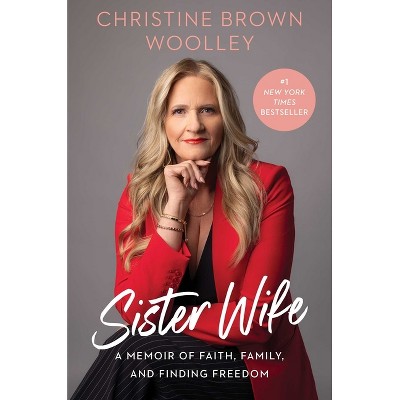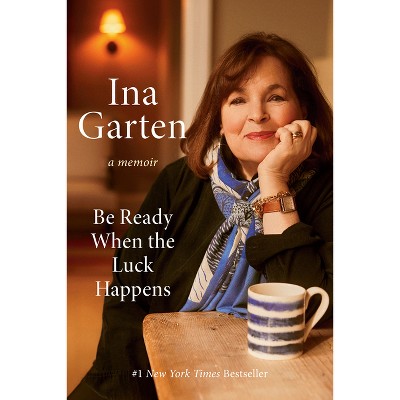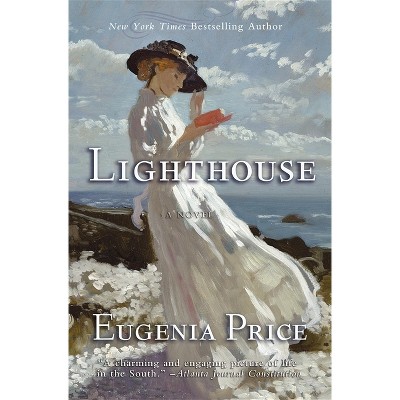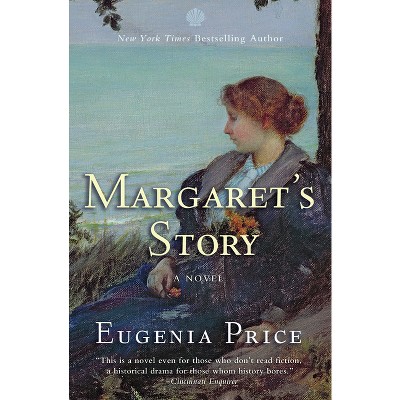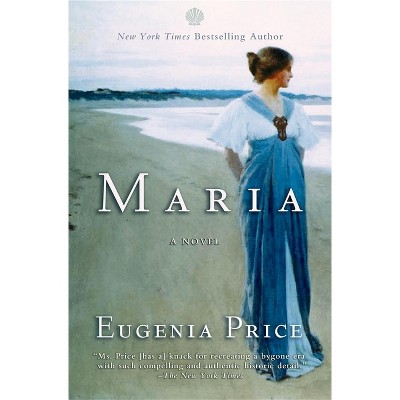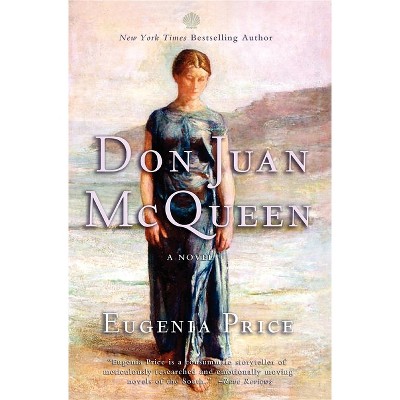Sponsored

At Home on St. Simons - (Eugenia Price Autobiographies) by Eugenia Price (Paperback)
In Stock
Sponsored
About this item
Highlights
- The millions who have read Eugenia Price's novels know that central to each story is a strong, deeply-rooted sense of place.
- Author(s): Eugenia Price
- 96 Pages
- History, United States
- Series Name: Eugenia Price Autobiographies
Description
About the Book
The millions who have read Eugenia Price's novels know that central to each story is a strong, deeply-rooted sense of place. In Lighthouse, there is New St. Clair; in New Moon Rising, there is Black Banks; in The Beloved Invader, there is Christ Church and the spacious house Anson Dodge built for the bride who never lived in it - all of these places are familiar to Price readers who fall in love with her Island settings whether they see and visit them or not. (The same is true of her Florida trilogy. In Maria, there is the ancient house in St. Augustine, now known as the oldest house; in Don Juan McQueen, the St. George Street house; and in Margaret's Story, the large, white rambling plantation house on the banks of the St. Johns River at Hibernia.)
Book Synopsis
The millions who have read Eugenia Price's novels know that central to each story is a strong, deeply-rooted sense of place. In Lighthouse, there is New St. Clair; in New Moon Rising, there is Black Banks; in The Beloved Invader, there is Christ Church and the spacious house Anson Dodge built for the bride who never lived in it - all of these places are familiar to Price readers who fall in love with her Island settings whether they see and visit them or not. (The same is true of her Florida trilogy. In Maria, there is the ancient house in St. Augustine, now known as the oldest house; in Don Juan McQueen, the St. George Street house; and in Margaret's Story, the large, white rambling plantation house on the banks of the St. Johns River at Hibernia.)
From the Back Cover
Here, for the first time outside the pages of a small Island newspaper called Georgia's Coastal Illustrated, Eugenia shares with her worldwide reading public, some of what life was like during the first years in which she and her best friend and fellow writer, Joyce Blackburn, were becoming Islanders.
"These short pieces," Genie says, "include my observations day by day of what it was like, at last, to be at home on St. Simons. We were learning how to be neighbors, after so many years of complex life in the huge northern city of Chicago; learning how to care deeply for people with whom, at first glance, we had little in common. We were understanding what it really meant to have come home."
Eugenia Price, called by many St. Simons' own "beloved invader," tells you here about those early years as they were being lived. Her St. Simons Memoir, cherished by thousands, was written from memory and notes in old desk calendars, but At Home on St. Simons illuminates some of the experiences which most changed her--as they occurred.
Shipping details
Return details
Frequently bought together
Guests also viewed

